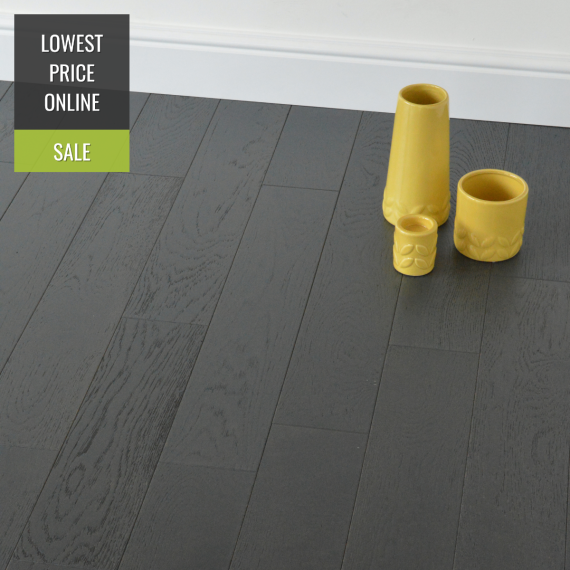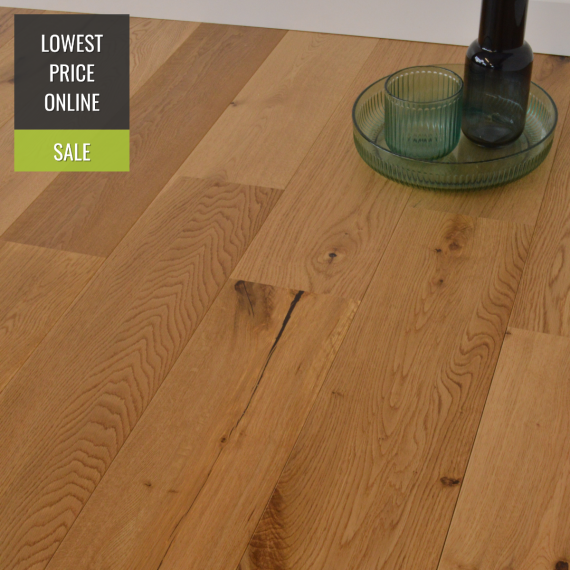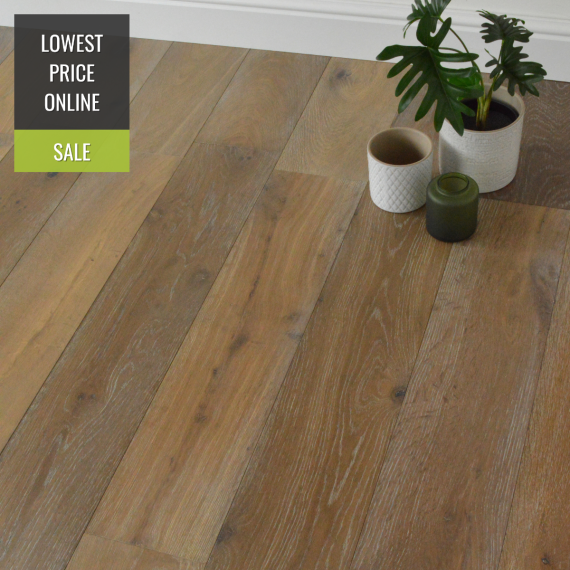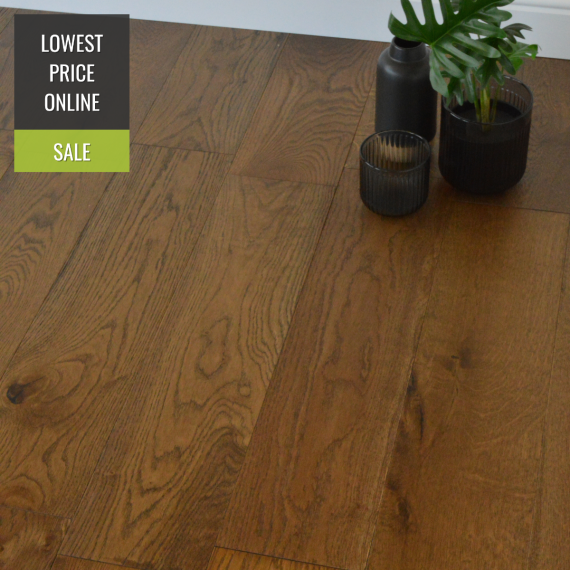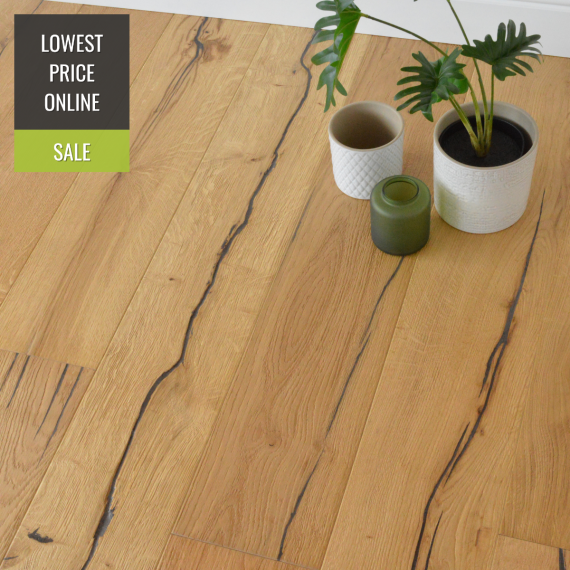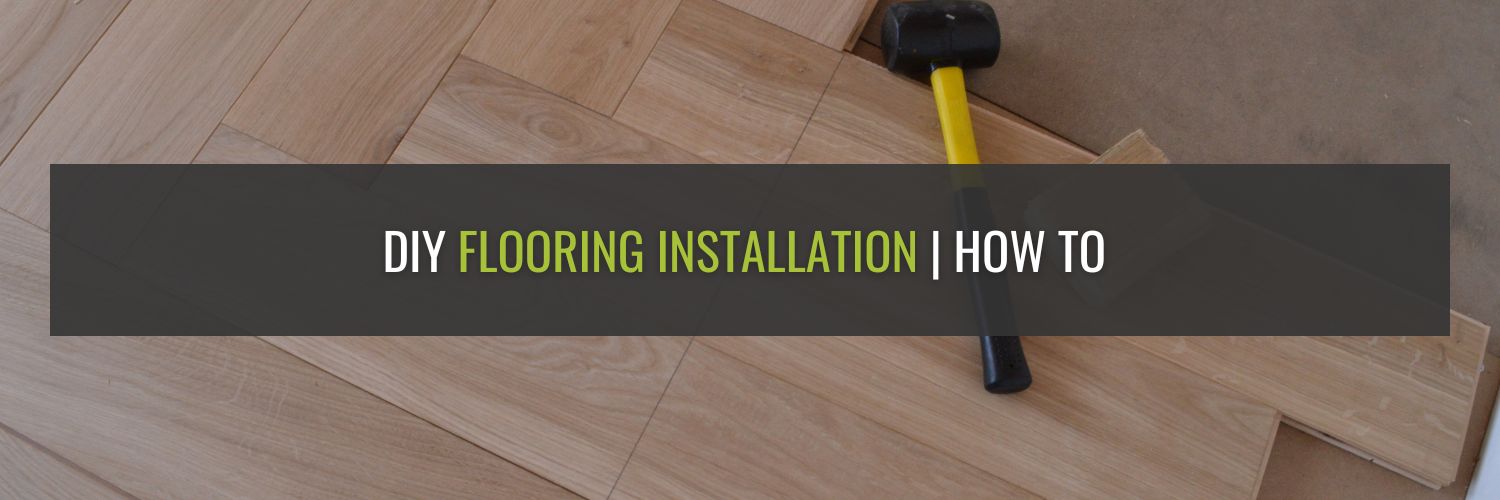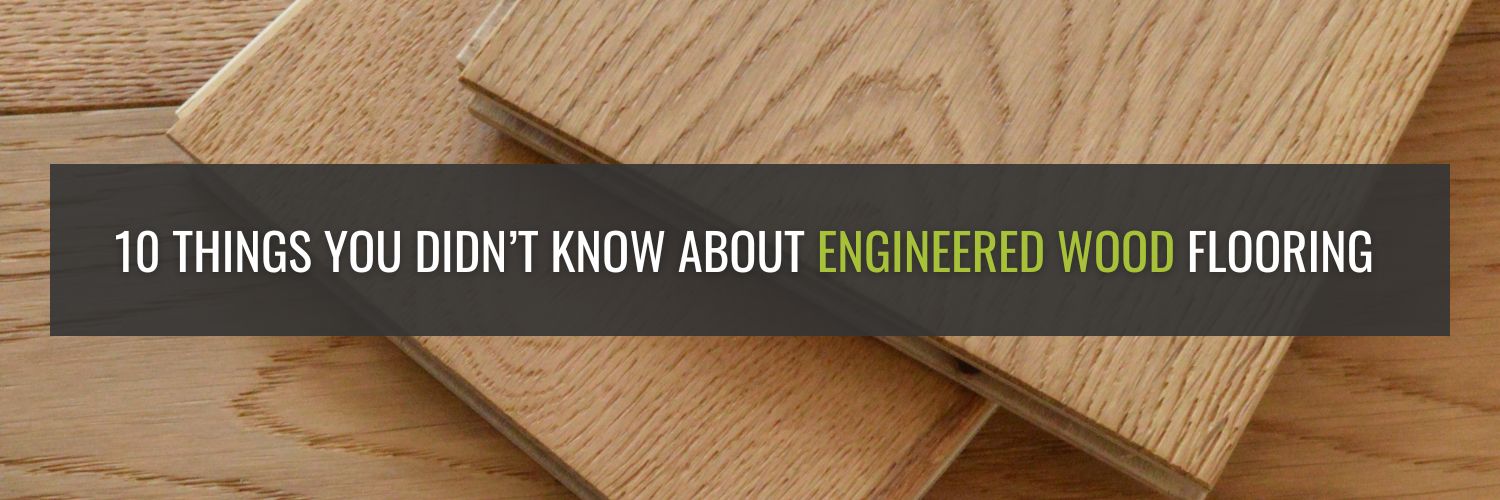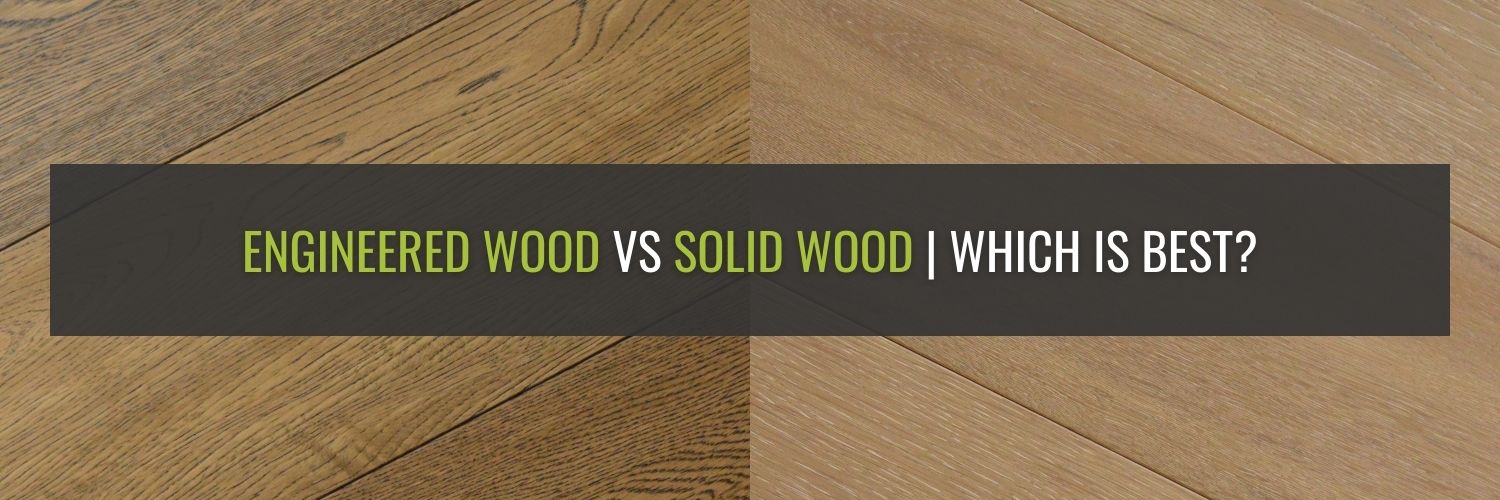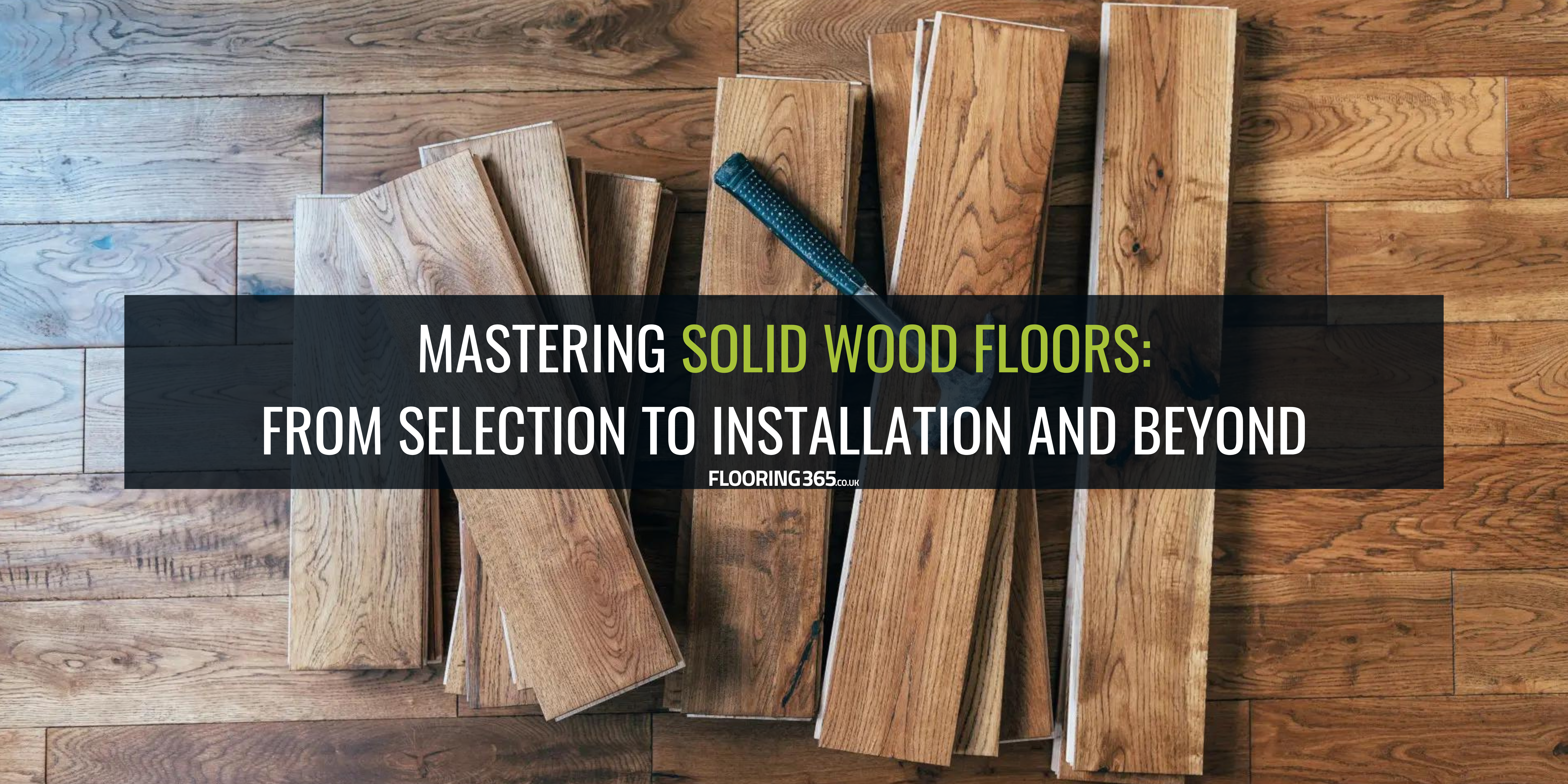We use cookies to make your experience better. To comply with the new e-Privacy directive, we need to ask for your consent to set the cookies. Learn more.
Engineered Wood Flooring | 5 Things To Consider

Considering Engineered Wood Flooring? Here Are A Few Things To Think About…
Engineered wood flooring is one of the most popular flooring materials on the market, offering added quality and feel over laminate, whilst delivering on budget compared to solid wood. What’s more, thanks to its manufacture, engineered wood flooring is more sustainable and built to last, making it an ideal choice for any setting, from city apartments to busy family homes.
If you’re thinking about an engineered floor for your home, great! It really is a versatile, stunning option, but is there anything you need to think about before you commit? Our latest blog takes a look at some of the factors you should consider when choosing an engineered wood floor, designed to help you pick the perfect option for you, but first, let’s take a look at some of the basics…
What Is Engineered Wood Flooring?
Engineered wood flooring is a type of wooden flooring comprising a solid wood top layer, also known as the ‘wear layer’ (which gives the desired finish), with structural sublayers, usually made of pine or plywood.
Whilst engineered wood flooring is usually more cost-effective than solid wood, it’s surprisingly durable thanks to its construction. The sublayers of engineered wood flooring have been designed to be fitted, usually at a 90° angle, meaning greater integrity and being less susceptible to flexing or changes in shape under pressure or moisture.
A key element of engineered wood is the top layer, with veneers ranging from 1mm to 4mm and thicker, as well as the grain, texture, and finish all affecting the price and longevity of the floor.
What’s The Difference Between Solid Wood & Engineered Wood Flooring?
Whereas engineered wood is a composite plank, consisting of a top layer and sublayers, solid wood, as the name suggests, is made entirely from one species.
Both have great benefits, such as the overall authenticity of solid wood flooring and the lower maintenance of engineered wood, however, we really believe that both are ideal choices in most situations, meaning it’s a case of preference, style, and budget.
Our Top 10 Engineered Wood Floors (At A Glance)
Our top 10 best-selling engineered wood flooring includes a variety of different colours, textures, and finishes, showing the diversity and options available:
- Fyfield Engineered Natural Oak Brushed and Oiled
- Edmonton Engineered Natural Oak Lacquered
- Henley Engineered Smoked Oak Brushed and Lacquered
- Cressington Engineered Grey Oak Brushed and Matt Lacquered
- Barnworth Engineered Natural Oak Lacquered
- Hillingdon Engineered Natural **Prime** Oak Brushed and Oiled
- Calder Engineered Coffee Oak Brushed and Oiled
- Barnworth Engineered Natural **Prime** Oak Lacquered
- Fyfield Engineered Natural Oak Brushed and Oiled
- Barnworth Engineered Natural **Prime** Oak Brushed and Oiled
5 Things To Consider When Choosing Engineered Wood Flooring…
Is It Right For Your Home?
As engineered wood flooring is made up of a real wood top layer, it does require (slightly) more maintenance than some other flooring types such as vinyl or laminate. It’s important that spills are cleaned as quickly as possible, to prevent lasting damage. We also suggest that you avoid abrasive materials or dragging furniture over boards, to reduce scratches (although, this is the case with most flooring types).
All in all, engineered flooring performs exceptionally well in most home situations, including busy family homes.
Which Room Are You Using It In?
There are some limitations to engineered wood flooring, depending on the room you’re planning to use it in. Two things to consider before choosing your flooring:
- What are the conditions like?
- What is ‘traffic’ like?
Conditions
Whilst it’s perfect for living areas such as the dining room and lounge, engineered flooring isn’t best suited for higher humidity rooms such as the bathroom.
Thanks to its construction, engineered wood flooring can be used in kitchens (more easily than solid wood, for example), with some caveats; such as ensuring spills are cleaned immediately to prevent water damage. Ideally, further protection would be added, using wax or lacquer.
However, when it comes to bathrooms, maintaining a dry floor and continually cleaning up water is virtually impossible, which would ultimately result in warped, damaged planks with a delaminated veneer. What’s more, even slight imperfections in laying the floor could result in subliminal water damage, meaning anything short of professional installation would create problems; which is why we don’t recommend engineered wood flooring for bathrooms.
If you’re looking for a wood effect finish in high water areas such as bathrooms or wet rooms, take a look at Luxury Vinyl Tile Flooring (Flooring) which has really advanced over the last few years.
These days, LVT looks and feels like wood, with realistic texturing and grain, available in planks or herringbone, so there’s more than likely a style that replicates engineered wood and suits your taste.
Traffic
Traffic refers to the expected amount of footfall any room will have, during day-to-day use. For instance, a hallway or stairs would be considered ‘high traffic’ as people use them regularly, whereas a spare bedroom or home office would be classed as ‘light’, as they’re not always in use.
So why does traffic matter when it comes to choosing your flooring? Essentially, any area that sees a high amount of footfall will require a more durable, hard-wearing floor. Lighter traffic areas, on the other hand, will be fine with a more lightweight, cost-effective option.
Engineered wood flooring is incredibly hard-wearing, thanks to the wood wear layer and composite plank structure, which means it’s suitable for all traffic areas. That said, if you’re looking for an engineered floor for high-traffic areas, consider those with a deeper wear layer (such as a 4MM wear layer or above).
Engineered Wood Flooring Styles
Let’s face it, one of the biggest choice factors in choosing your new flooring is how good it looks. You would be surprised at just how versatile engineered flooring is. With a range of colours, wood species, and finishes available, there’s an option for every taste.

Contemporary
Generally, pared-back wood patterns with stark colour choices work best in a contemporary setting. Think about limed oak or contrasting black oak as a vivid canvas for your room, where furniture and wall colours can take precedence. Alternatively, if you’re using a limited palette (such as monochrome) think about an unfinished or brushed floor, which adds interest by bringing in some contrasting texture.
Timeless
Natural oak flooring is one of the most versatile finishes on the market, which is always in style. If you’re looking for a style that won’t soon date, natural oak is definitely the way to go.
Most oak flooring is available in brushed or oiled finishes, depending on your preference.
Traditional
Warm, heritage wood finishes and darker flooring can add a traditional feel to your home. Smoked, Coffee and Golden oak engineered flooring are all popular choices for those looking to create traditional charm; with parquet planks (which some engineered flooring is available in) adding an extra level of elegance.
Farmhouse & Country Style
When it comes to farmhouse and country styling it’s all about the wood grain; with heavily knotted flooring a staple in any country kitchen or farmhouse lounge.
Whilst the colour is a case of personal preference, we think natural and lighter choices help set off farmhouse furniture a little better, with oiled finishing adding an extra level of protection (for busy country homes, for instance) as well as maximise light. Our pick? Fyfield Engineered Natural Oak Brushed and Oiled.
What Sort Of Budget Do You Have?
Although engineered flooring is great value for money, delivering real wood elegance at laminate prices, there can be some big differences in cost from one range to the next; taking the reasons why into account should help you decide on which is best for you.
Firstly, the thickness of planks will influence the overall cost, with, generally speaking, thicker flooring being a little more expensive per square metre. As well as this, wider planks tend to be slightly more costly but do offer the added benefit of being quicker to fit.
Secondly, the wear layer will play an important role in terms of cost, with thicker top layers of veneer being more expensive. It’s worth noting that thicker top layers can be sanded more frequently over their lifetime, meaning more opportunity to refresh the appearance of your flooring. Whichever thickness of wear layer you choose though, you’ll still end up with a beautiful wood floor that lasts for years.
Wood species and finish can also affect the overall cost of your engineered wood flooring, with more exotic species and labour-intensive finishes costing more.
What’s Going Underneath?
It’s not just the flooring you need to think about, what you’re putting underneath is important too! An uneven subfloor will almost certainly benefit from thicker planks, such as 18MM+, which will overcome minor bumps.
On the other hand, underfloor heating is better matched with slightly thinner planks, which will allow the heat to dissipate more effectively.
Conclusion
At Flooring 365 we sell countless packs of engineered wood flooring every day and for good reason! As you’re probably aware, there are plenty of options when it comes to styles, finishes, durability, and budgets, which is why we think it’s a perfect option for any home.
We hope our 5 Things To Consider guide has given you a few positive things to think about and help you better decide which type of engineered flooring is right for you. Still a little unsure? No problem, give our team a call, request a callback, or leave a comment below and we’ll be happy to help.
Like this post? Be sure to share it on social media, using the buttons below!
engineered-wood-flooring-5-things-to-consider




